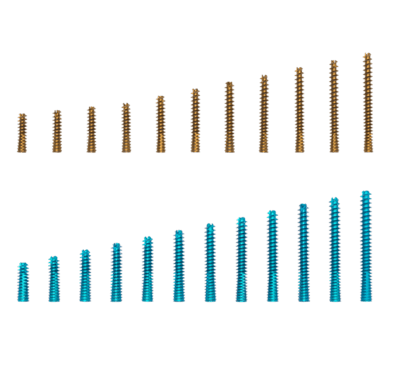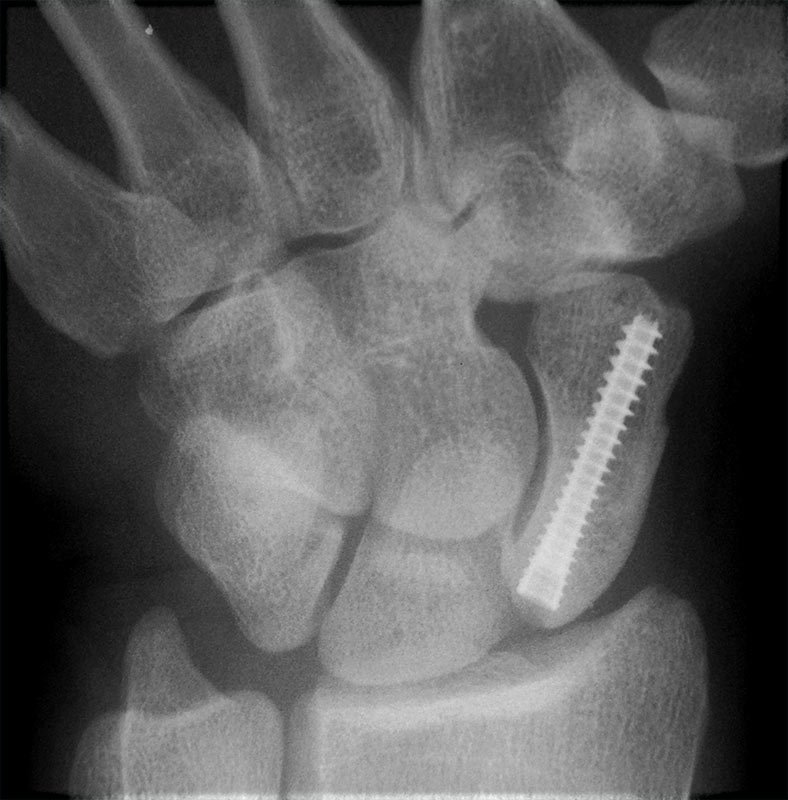
For all traumatic or chronic diseases of the musculoskeletal system, the Centrokinetic private clinic in Bucharest is prepared with an integrated Orthopedic Department, which offers all the necessary services to the patient, from diagnosis to complete recovery.
The Department of Orthopedic Surgery of Centrokinetic is dedicated to providing excellent patient care and exceptional education for young physicians in the fields of orthopedic surgery and musculoskeletal medicine.
Centrokinetic attaches great importance to the entire medical act: investigations necessary for correct diagnosis (ultrasound, MRI), surgery, and postoperative recovery.
Discover the open MRI imaging center in our clinic. Centrokinetic has a state-of-the-art MRI machine, dedicated to musculoskeletal conditions, in the upper and lower limbs. The MRI machine is open so that people suffering from claustrophobia can do this investigation. The examination duration is, on average, 20 minutes.
The scaphoid fracture occurs as a result of trauma by falling on the hand outstretched or flexed dorsally. This fracture is considered the most common carpal fracture.
As a location, it can be proximal, body, or distal. The proximal pole is harder to heal due to its vascular support (it becomes very easy to necrosis), and the distal pole usually heals without problems.
.jpg)
Symptom-wise, the patient will feel pain, inflammation, decreased mobility, deformity of the region.
It is very important to remember that a percentage of 30% of scaphoid fractures go unnoticed on an initial x-ray. Fractures that are not visible on first radiography, but clinically raise suspicions, are treated orthopedically (if there is no possibility of an MRI examination, immobilization is recommended for 10-14 days and then reassessment). We recommend that all patients have an MRI to have a clear diagnosis.
If the fracture is confirmed on MRI examination, immobilization in the plastered forearm-palmar splint is recommended for 6-8 weeks, and if after this period the clinical and radiological signs occure, immobilization is required for another 2 weeks. Scaphoid tubercle fractures are considered benign fractures and require immobilization in the forearm-palm splint for 6 weeks.
Unstable displacement fractures are recommended for surgical treatment: percutaneous fixation with cannulated screws. Immobilization is not necessary postoperatively unless there are associated ligament injuries.
Also, non-healing scaphoid fractures, about 10% of orthopedically treated fractures, are indicated for surgical treatment. If there are no signs of consolidation 12 weeks after immobilization, surgical treatment is required.
.jpg)
Surgical technique
Under general or locoregional anesthesia (axillary or latero-cervical block), an incision of about 4-5 mm is made on the palm, distal to the junction between the scaphoid bone and the trapezius. Under radiological control, a 1.8mm guide pin is inserted and its position in the frontal and sagittal plane is checked.
A 2.8 mm drill is then used, making a channel at the level of the scaphoid bone. Subsequently, the fracture is fixed with a Herbert compression screw.

Post surgery
After the operation, the patient remains hospitalized for 1 day. He will receive pain medication and antibiotics during his hospitalization.
The operated limb is not immobilized, the patient is advised not to make hand movements, except elbow and fingers.
Patients will wear a compressive bandage on the hand for 5 days and will use a special orthosis, which can be easily taken off for bandages and personal hygiene. Patients can return to daily activities in a maximum of 4-6 weeks.
.jpg) |  |
At home
Although recovery after this operation is much faster than classic intervention, it will still take a few weeks for you to fully recover. You should expect pain and discomfort for at least a week postoperatively.
You must be careful not to force the operated area by making very wide flexion and extension movements in the first weeks because the pain and discomfort can worsen. You can take a bath, but without wetting the bandage and incisions. The threads are suppressed at 14 days postoperatively.
At 6 weeks postoperatively, an x-ray is necessary to see how the affected joint heals. Driving is allowed after 6 weeks, and hard physical work after 12-16 weeks.
Physical therapy plays a very important role in the rehabilitation program, and the exercises must be followed by a physical therapist until the recovery period ends.
It is very important to follow the recovery program strictly and seriously for the surgery to be a success. Our medical team works, on average, 18-24 weeks with the patient until the complete recovery of the operated area.
Following any surgery, medical recovery plays an essential role in the social, professional, and family reintegration of the patient. Because we pursue the optimal outcome for each patient entering the clinic, recovery medicine from Centrokinetic is based on a team of experienced physicians and physical therapists and standardized medical protocols.
MAKE AN APPOINTMENT
CONTACT US
MAKE AN APPOINTMENT
FOR AN EXAMINATION
See here how you can make an appointment and the location of our clinics.
MAKE AN APPOINTMENT

































































































































